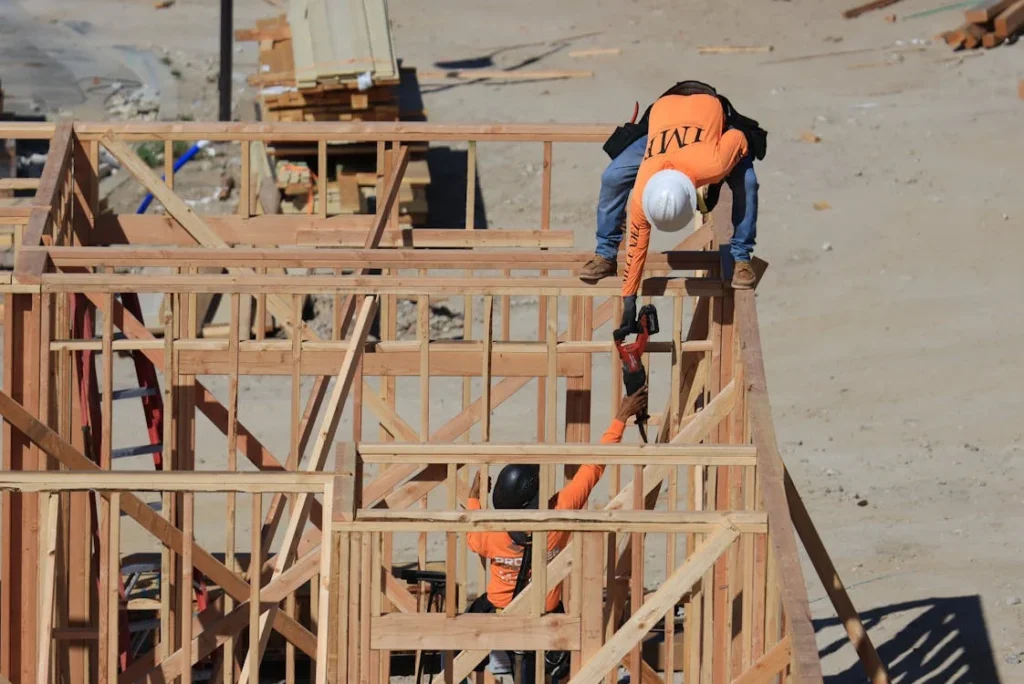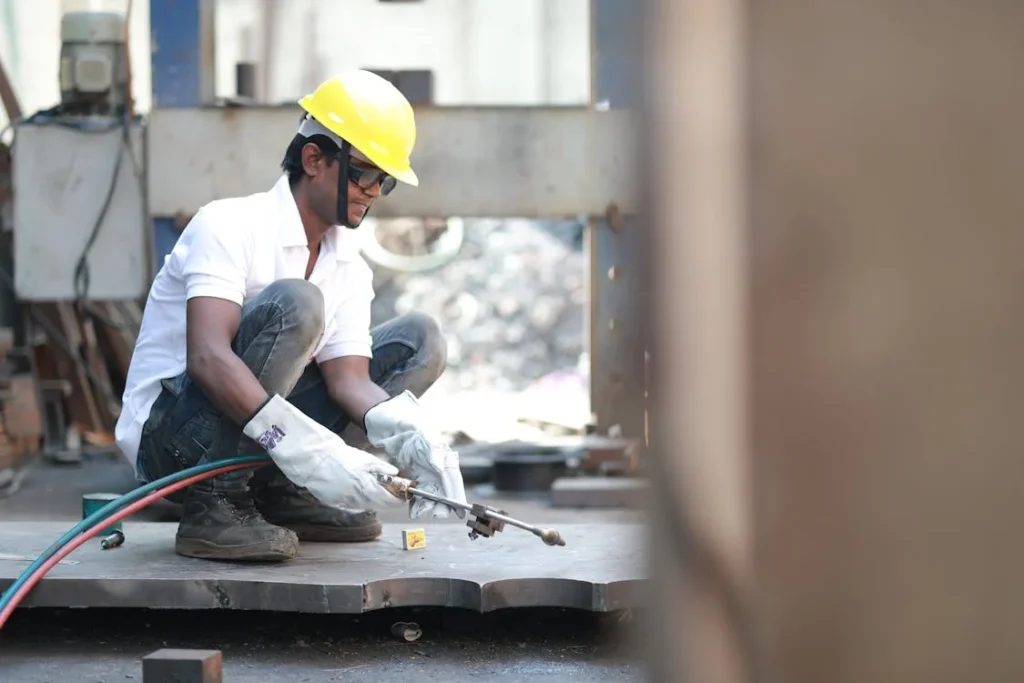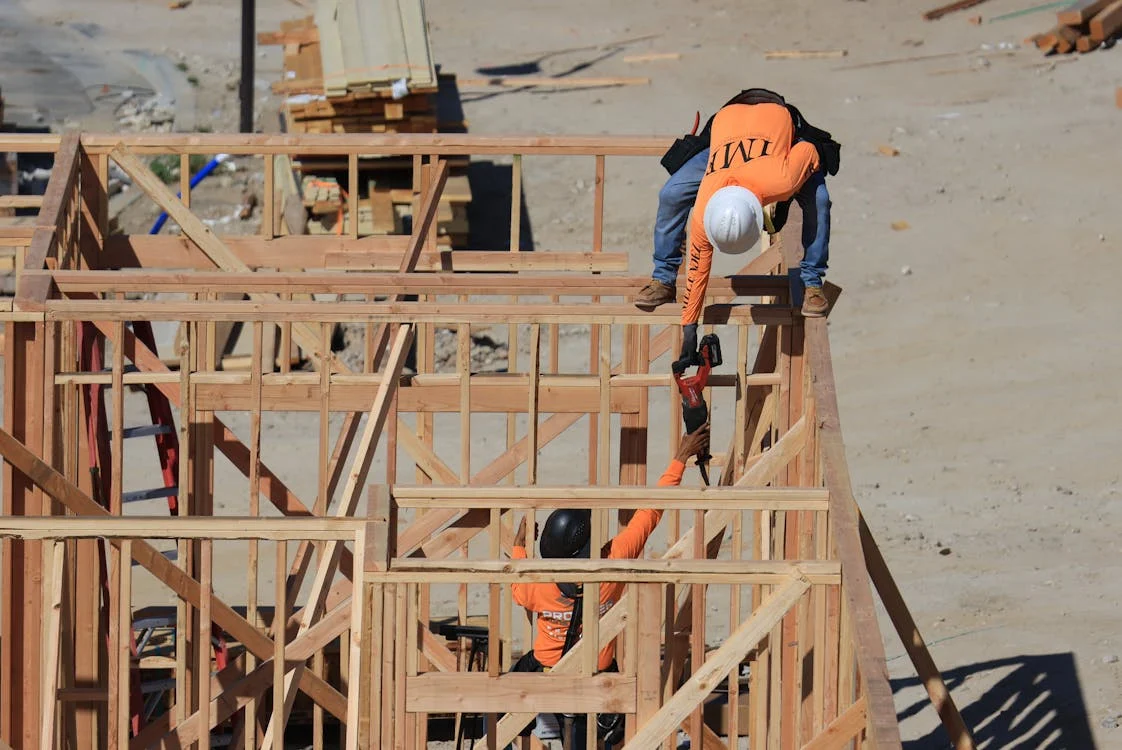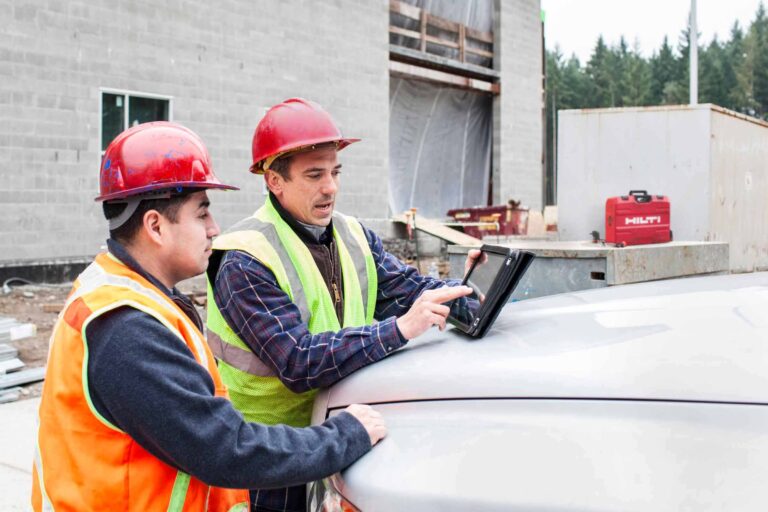Climate change presents unprecedented challenges to communities worldwide, and Australia is no exception. With increasing frequency and intensity of extreme weather events such as bushfires, floods, and heatwaves, there is a critical need to adapt and build resilience within the built environment. As the impacts of climate change become more pronounced, architects, engineers, urban planners, and policymakers are rethinking traditional building practices to create structures that can withstand and mitigate these challenges. This blog explores resilient building solutions tailored for Australian communities, focusing on innovations, strategies, and policies aimed at fostering sustainable development in a changing climate.

Understanding Climate Change Impacts in Australia
Australia’s unique geographical and climatic conditions make it particularly vulnerable to the effects of climate change. The continent experiences diverse weather patterns, from arid deserts to tropical rainforests, influencing local climates and environmental risks. Key climate change impacts affecting Australia include:
Australia faces a multitude of climate change impacts that necessitate adaptive strategies in building design, construction, and urban planning to enhance resilience and minimise vulnerability.
Increased Bushfire Risk: Australia has a history of devastating bushfires, which are exacerbated by prolonged droughts and heatwaves. The combination of dry vegetation, high temperatures, and strong winds creates ideal conditions for fires that can spread rapidly and engulf vast areas of land, threatening homes, infrastructure, and natural habitats.
Flooding Events: Intense rainfall and cyclones can lead to flash floods, particularly in coastal and inland areas. These events pose significant risks to communities by causing sudden inundation, damaging property, disrupting transportation networks, and endangering lives. Urban areas built in flood-prone zones are especially vulnerable without adequate infrastructure and flood management strategies.
Heatwaves: Rising temperatures associated with climate change increase the frequency, intensity, and duration of heatwaves across Australia. Heatwaves pose serious health risks, particularly to vulnerable populations such as the elderly and young children. They also strain energy resources as demand for cooling systems escalates, potentially leading to power outages and reduced urban resilience during extreme heat events.
Sea Level Rise: Coastal erosion and inundation threaten infrastructure and communities along Australia’s extensive coastline. As sea levels continue to rise due to global warming, low-lying coastal areas are increasingly susceptible to flooding and saltwater intrusion. This phenomenon jeopardises coastal development, critical infrastructure like ports and airports, and valuable ecosystems such as mangroves and wetlands.
Water Scarcity: Droughts are a recurrent challenge in Australia, affecting water availability for agriculture, urban areas, and natural ecosystems. Reduced rainfall, coupled with higher evaporation rates due to warmer temperatures, exacerbates water scarcity issues. Sustainable water management practices, including water conservation measures and alternative water sources such as recycled and desalinated water, are essential to mitigate the impacts of droughts and ensure water security for communities.
In response to these climate change challenges, innovative approaches in building design and urban planning are crucial to enhancing resilience and adaptation. By integrating climate-resilient strategies into infrastructure development, Australia can better withstand the impacts of extreme weather events and ensure sustainable growth in the face of a changing climate.
Resilient Building Solutions
1. Passive Design and Energy Efficiency
Passive design principles optimise building orientation, insulation, and natural ventilation to reduce reliance on mechanical heating and cooling systems. In Australia’s varied climate zones, passive design can significantly lower energy consumption and enhance indoor comfort. Strategies include:
Orientation and Shading: Maximising Solar Gains and Minimising Summer Sunlight: Orientation and shading strategies in building design play a crucial role in maximising energy efficiency and comfort throughout the year. By orienting buildings to capture maximum solar gains during winter and minimising direct sunlight exposure in summer, architects and designers can optimise passive heating and cooling techniques. In colder months, buildings oriented towards the northern hemisphere receive more sunlight, which helps to naturally warm interior spaces and reduce reliance on mechanical heating systems. Conversely, during hot Australian summers, strategic placement of shading devices such as eaves, awnings, and vegetation can prevent excessive solar heat gain and reduce the need for air conditioning. This approach not only enhances indoor comfort but also lowers energy consumption, contributing to sustainable building practices.
Insulation: Enhancing Thermal Resistance for Temperature Stability: Effective insulation is essential for maintaining stable indoor temperatures and reducing heating and cooling energy demand. In Australia’s diverse climate zones, enhancing thermal resistance in walls, roofs, and floors helps to mitigate temperature fluctuations throughout the day and across seasons. High-quality insulation materials such as fibreglass, cellulose, and foam boards minimise heat transfer and improve energy efficiency. Insulation not only prevents heat loss during winter but also limits heat gain during summer, creating a thermally comfortable environment year-round. By reducing the reliance on mechanical heating and cooling systems, well-insulated buildings lower operational costs and decrease greenhouse gas emissions, aligning with Australia’s commitments to sustainable development and climate action.
Natural Ventilation: Cross-Ventilation and Operable Windows: Natural ventilation strategies promote efficient air circulation and enhance indoor air quality without relying solely on mechanical ventilation systems. Cross-ventilation, achieved by strategically positioning windows and openings on opposite sides of a building, facilitates the movement of fresh air throughout interior spaces. Operable windows allow occupants to adjust airflow based on seasonal conditions and personal comfort preferences. In Australia’s temperate and coastal regions, where breezes are prevalent, harnessing natural ventilation reduces the need for mechanical cooling and improves energy efficiency. This passive design approach not only enhances occupant comfort but also promotes health and well-being by reducing exposure to indoor pollutants and allergens. By integrating natural ventilation strategies into building design, architects and designers contribute to sustainable building practices and support Australia’s goals of reducing carbon emissions and promoting environmentally responsible development.
Contribution to Sustainable Development and Climate Action: Energy-efficient buildings play a pivotal role in achieving sustainable development goals and addressing climate change impacts. By optimising orientation, enhancing insulation, and promoting natural ventilation, buildings can significantly reduce energy consumption and greenhouse gas emissions associated with heating, cooling, and mechanical ventilation systems. Lower operational costs benefit building owners and occupants while supporting Australia’s transition towards a low-carbon economy. Sustainable building practices not only improve building performance and resilience to climate change but also enhance the overall quality of urban environments. Through innovative design solutions and technological advancements, Australia continues to advance its commitment to sustainable development and climate action, ensuring a resilient and prosperous future for generations to come.
2. Green Building Materials
The choice of construction materials plays a crucial role in building resilience and sustainability. Sustainable materials minimise environmental impact throughout their lifecycle, from extraction and manufacturing to disposal. Key considerations include:
Recycled and Recyclable Materials: Incorporating recycled content in concrete, steel, and timber products reduces resource depletion and landfill waste.
Low-Carbon Footprint Materials: Choosing materials with low embodied energy and carbon emissions, such as bamboo, straw bales, and rammed earth.
High Durability: Materials resistant to fire, moisture, and pests enhance building longevity and reduce maintenance costs.
Innovations in green building materials offer promising solutions to enhance building resilience while promoting sustainable construction practices.
3. Water Management and Efficiency
Water scarcity is a pressing issue in Australia, exacerbated by climate variability and population growth. Sustainable water management strategies in building design include:
Rainwater Harvesting: Collecting and storing rainwater for non-potable uses such as irrigation and toilet flushing.
Greywater Recycling: Treating and reusing wastewater from sinks, showers, and washing machines for landscape irrigation.
Water-Efficient Fixtures: Installing low-flow faucets, toilets, and showers to reduce water consumption indoors.
Integrating water-efficient technologies not only conserves precious resources but also enhances building resilience during droughts and water restrictions.

4. Climate-Resilient Infrastructure
Building resilient infrastructure is critical to withstand extreme weather events and ensure community safety. Key considerations include:
Flood Mitigation: Elevating buildings in flood-prone areas and designing robust drainage systems to manage stormwater.
Bushfire Protection: Using fire-resistant materials and implementing landscaping practices that create defensible space around buildings.
Heat Stress Mitigation: Incorporating green roofs, cool pavements, and shading structures to mitigate urban heat island effects.
Adopting climate-resilient infrastructure standards enhances community safety, reduces property damage, and supports long-term sustainability.
Policy and Regulatory Frameworks
Government policies and regulations play a pivotal role in promoting resilient building practices and sustainable urban development. Key initiatives include:
Building Codes and Standards: Updating codes to incorporate climate resilience requirements, such as bushfire attack levels and flood hazard assessments.
Incentives and Grants: Providing financial incentives for developers and homeowners to adopt green building practices and renewable energy technologies.
Climate Adaptation Plans: Developing regional and local strategies to address climate risks, including infrastructure resilience and emergency preparedness.
Collaboration between government agencies, industry stakeholders, and communities is essential to effectively implement and enforce resilient building policies.
Case Studies and Innovations
1. Barangaroo South, Sydney
Barangaroo South exemplifies sustainable urban development, integrating green building technologies, water recycling systems, and renewable energy generation. The precinct’s adaptive design mitigates heat stress and enhances biodiversity while reducing carbon emissions.
2. Fishermans Bend Urban Renewal Project, Melbourne
The Fishermans Bend project incorporates climate-resilient infrastructure and green spaces to accommodate population growth sustainably. It emphasises mixed-use developments, active transport networks, and resilient building designs to enhance community livability and environmental sustainability.
Adapting to climate change requires concerted efforts to integrate resilient building solutions into Australia’s urban fabric. By prioritising passive design, green building materials, water efficiency, and climate-resilient infrastructure, communities can mitigate risks, enhance sustainability, and safeguard against future climate impacts. Government leadership, industry innovation, and community engagement are essential to creating resilient built environments that promote the well-being and prosperity of all Australians.
Embracing resilient building solutions not only prepares communities for climate uncertainties but also fosters a sustainable future where buildings and infrastructure contribute to environmental stewardship and social equity. As Australia continues to confront climate challenges, resilient building practices will play a pivotal role in shaping resilient, adaptive, and thriving communities across the continent.
As the industry evolves to meet the challenges of climate change and urban development, Wunderbuild offers the tools and technology to ensure your projects meet the standards of the age while maintaining resilience. Join us and discover here how Wunderbuild can support your construction needs today!




